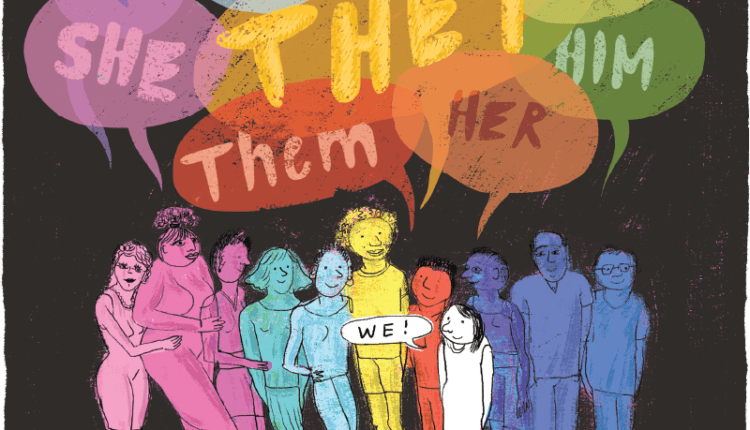Gender Pronouns and Their Relevance
Gender-neutral terms and why we should learn them
Pronouns as we know are how you refer to someone if you are not using their name.
Gender-neutral pronouns are not specific to one gender. The most common pronouns being “she/her”, “he/him” is not gender-neutral pronoun as they are typically associated with one gender, women and men respectively.
A person’s pronouns project their gender identity. And by honoring someone’s pronouns, you are acknowledging their humanity. And this is one of the most prominent ways by which you can be a Trans ally.
In spite of the fact that now more Trans and non-binary people are living openly, they still have to struggle every day. Transgender, gender-fluid, non-binary, and other LGBTQ+ people use various pronouns which state who they are.
Support Independent Journalism? Keep us live.
So if you choose to ignore someone’s pronouns, you are performing an act of oppression.
Therefore, if we start taking a little effort in acknowledging their pronouns, we are already helping them in a huge way. Non-binary people –who identify neither as women nor men– can use she and he pronouns, and still be non-binary.
The most commonly known gender-neutral pronouns are “they/them”. These pronouns can singularly be used to refer to one person. In the same manner, someone refers to a person they don’t know the gender of as “they” (for example, “I think they will search for this lost scarf”).
Some of the other gender-neutral pronouns are Fae, Xe, Ze, and Ve. As we are aware that physical sex does not determine gender, it would be wrong to assume someone’s pronouns based on their appearance.
This is why it’s crucial to ask what their pronouns are.


Comments are closed.